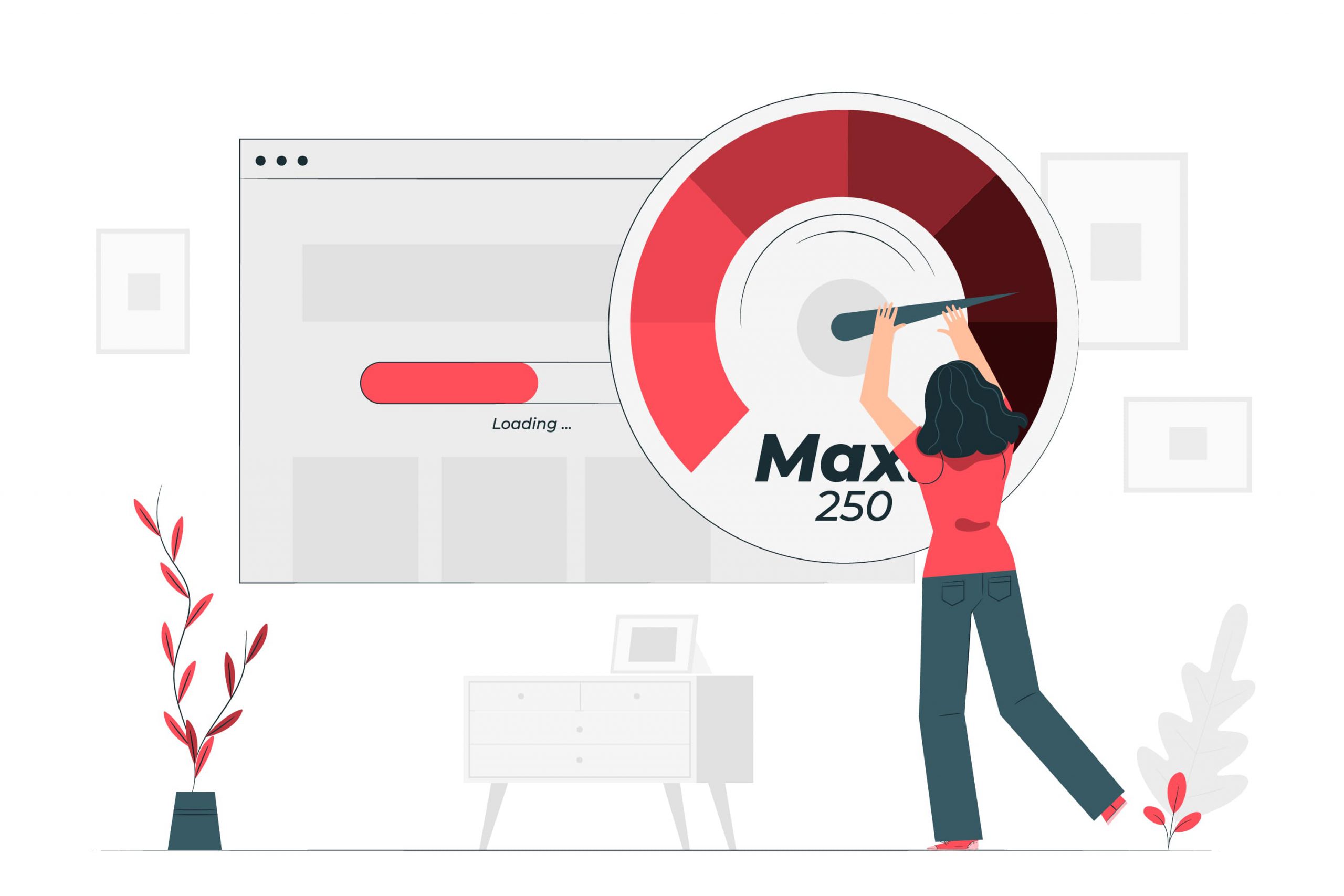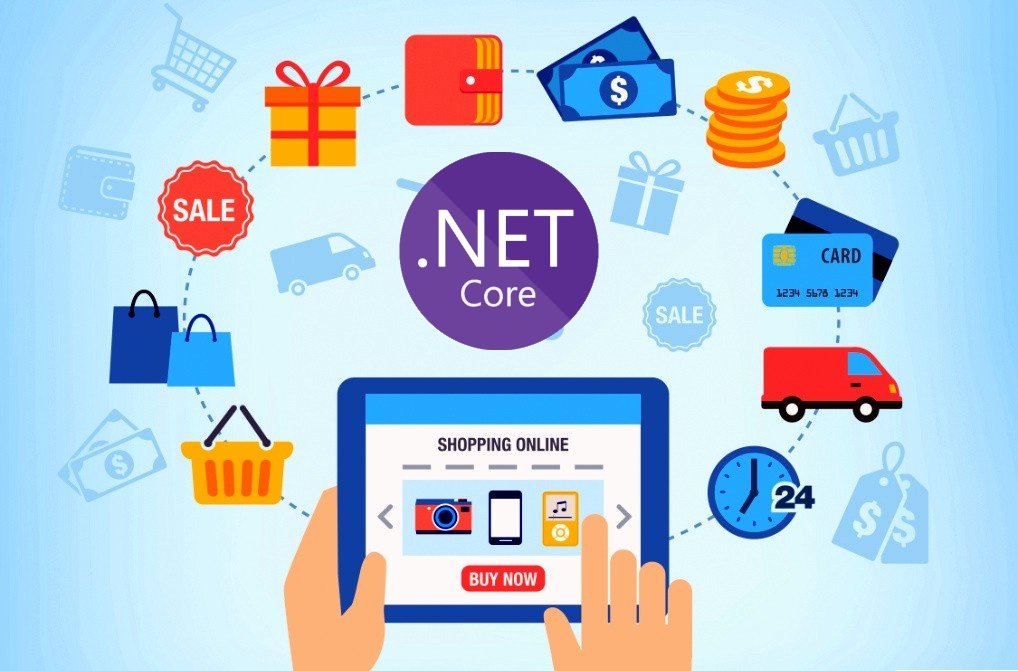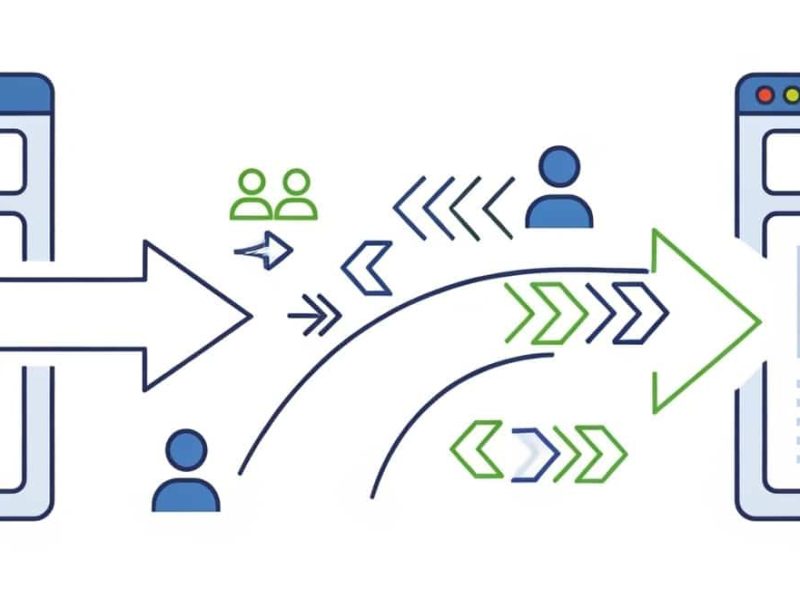Someone must inform you. Your eCommerce store really needs a blog, even if your social media presence is strong and your website’s sales funnel is effective.
Why do we say this when we know that as an online business owner, you already have a lot on your plate? Because blogging—creating quality content on a regular basis—can aid in the expansion of your company in at least seven different ways.
1. Blogging can boost the SEO of your store
More companies have entered the eCommerce market in the last few years. To reach customers stranded at home and make up for lost in-person sales, many neighborhood brick-and-mortar shops, retail chains, and even manufacturers who previously sold only to other businesses have all added eCommerce.
As a result, there are a lot more eCommerce stores with which to contend for visibility in search results. You must therefore turn up your SEO engine.

Regular posts add fresh content to your website, which can raise its position in search results. Posts that contain the kinds of search terms your customers use, such as “Bluetooth workout earbuds,” “organic hamster food,” or other terms, can also be effective.
2. How-to articles can encourage both new and recurring customers to visit your store
There are probably customers out there looking for advice on how to use whatever it is that you sell. Everything from skin care products to sporting goods to tools for home improvement fall under this category. Give those customers what they want, and create how-to and tutorial posts that are so valuable that readers will bookmark them and return time and time again to learn more.
For instance, Lowe’s provides a vast collection of how-to articles, each of which contains product links, directions, and more. This is the kind of information that someone might bookmark and use again as they work through each stage of a home-ecological renovation project.

3. A quality blog can expand the email subscriber base of your online store.
Your email list is, as you probably already know, the cornerstone of successful marketing. If your blog features useful and well-liked content for your readers, it can help you expand your email list and reach more customers more quickly with your special offers, promotions, and product news.
Additionally, you can get people to subscribe without using a pop-up box. With a straightforward, linked invitation to subscribe to their email list at the end of its blog posts, just above its social media links, beauty brand Orly adopts a less pushy sales strategy.
4. Lifestyle posts can make your e-commerce blog a gathering place for devoted clients.

A blog is frequently the first step in creating a community around your brand, which is a next-level marketing strategy. You’ll notice that REI, a retailer of outdoor gear, hasn’t featured any of its products lately.
Instead, these blog posts discuss issues that are important to their audience, like conservation and remote locations.
You need a solid understanding of your customer personas in order to create a blog that helps link your brand to your customers’ lifestyle. A single category on your store’s blog devoted solely to lifestyle content might be a good place to start. You can gradually add more if it succeeds.
5. Sharing buying guides on your store’s blog will help you increase sales.
Your customers want to purchase the right products, regardless of what those products are, even if they don’t all share the same lifestyle or set of causes. This explains why buying guides are a common topic on eCommerce blogs.
You can produce “evergreen” content, like Lush’s blog posts on choosing hair care products, that draws readers all year long.
Sell no squeaky gelt, please? The good news is that you probably sell gifts or items that people want to give as gifts, and anything you can give as a gift makes a good topic for a buyers’ guide blog post.
6. To increase traffic to your website, you can use some of your e-commerce blog posts as social media content.
If your blog posts have fantastic, unique images, more people will visit them. Additionally, those images can encourage social media users to share your posts, which will increase traffic to your blog and help you attract new customers.
Here’s one that exemplifies everything: This holiday-themed product roundup with Nicole Richie on Etsy has influencer cred and a ton of beautifully styled product photos that are ideal for sharing on social media. Part gift guide, part lifestyle post.
You can create blog images that your readers will want to share even if you don’t have an influencer-sized marketing budget by using your phone and some professional advice on taking product photos.
7. You can find your next employees with the aid of your eCommerce blog.
You might be looking to hire new employees if your store is expanding. One way to let your customers know is to post job openings on your blog, but an even more effective strategy is to create a blog category that reveals what your business is like, who works there, and why they like it.
Bottom Line – Blog Helps Your Ecommerce Website Grow
Therefore, for the following reasons, in our opinion, your eCommerce store needs a blog: improved search visibility, increased website traffic, a larger email list, increased customer loyalty, increased sales, a larger social audience, and a way to draw in job candidates who are a good fit for your company.
Are you prepared to launch your online store blog? View our WordPress hosting plans for more information.

Javier is Content Specialist and also .NET developer. He writes helpful guides and articles, assist with other marketing and .NET community work



